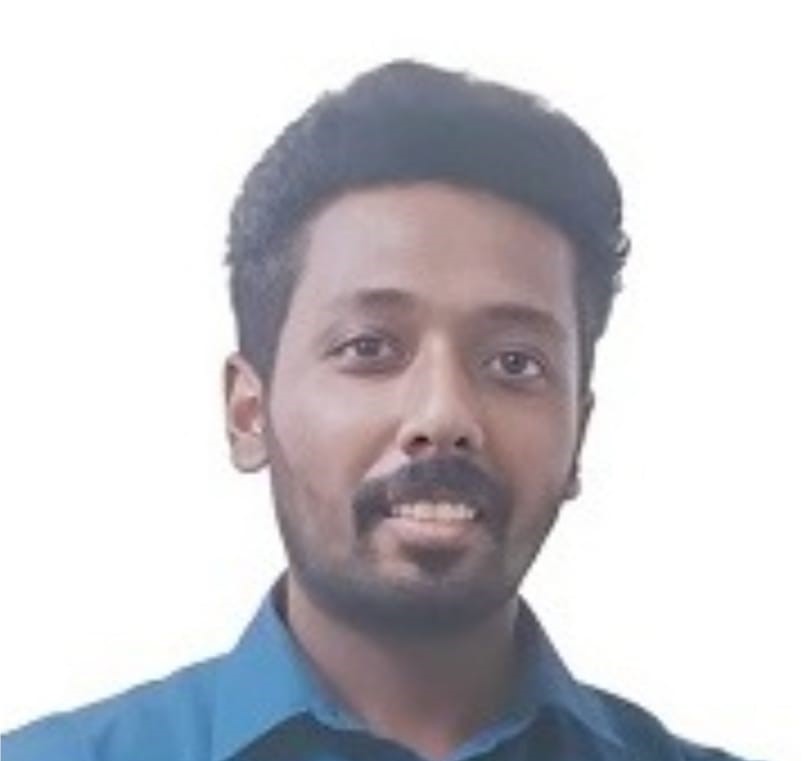Welcome Saravana
 MFRL would like to welcome a new student, Ponraj Saravanamuthukumar who is effectively joined USM as a PhD student on 1st of December 2024. He is from Tamil Nadu, India. His project is on the development and optimization of Cu-based shape memory alloy by adopting Wire Arc Additive Manufacturing (WAAM). His present will strengthen our group in the metal additive manufacturing related research. All the best to Saravana...
MFRL would like to welcome a new student, Ponraj Saravanamuthukumar who is effectively joined USM as a PhD student on 1st of December 2024. He is from Tamil Nadu, India. His project is on the development and optimization of Cu-based shape memory alloy by adopting Wire Arc Additive Manufacturing (WAAM). His present will strengthen our group in the metal additive manufacturing related research. All the best to Saravana...







